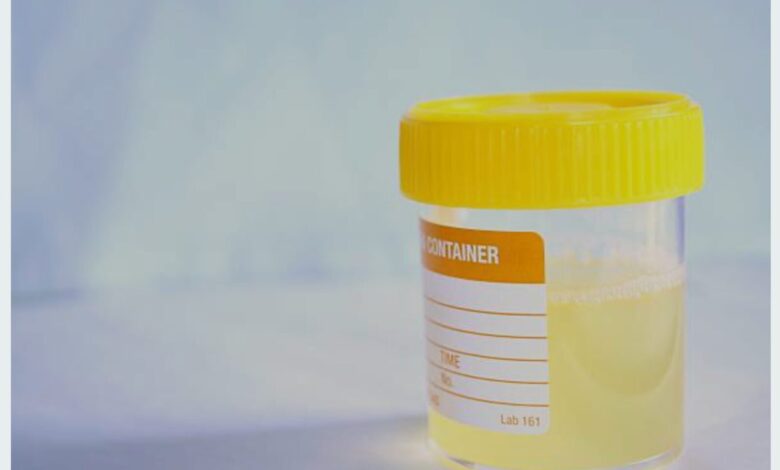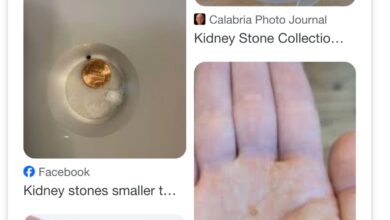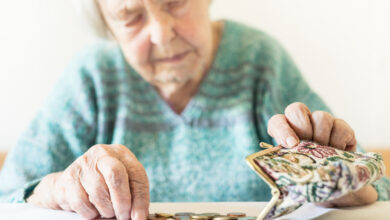NOCTURIA: A NIGHTTIME INTRUSION

What person over the age of 65 doesn’t waken at night to go to the bathroom? I dare say it’s a rare soul who doesn’t have his/her sleep interrupted at least once by that urge which so effectively arouses one’s consciousness.
Nocturia, or noct- (night) -uria (excessive urination), is the term applied to awakening to void (empty one’s bladder) at night. It is most often thought of as a natural phenomenon which occurs with increasing prevalence as we age. That is true for the vast majority of older adults, but it can also occur at younger ages when there exists a pathologic (abnormal) condition of the urinary tract or a metabolic disorder disrupts the normal water volume balance in one’s body.
Nocturia falls into four categories based on the mechanisms that are the underlying causes. The first of these categories is the excessive intake and retention of fluids which leads to increased nighttime urine production. This happens when people drink too much of any fluid in the evening, or just before bedtime. Patients with disorders that result in urine being retained in the body (ankles, feet, legs, abdomen, lungs) during the day will have nocturia when retained fluid is reabsorbed into the bloodstream, passes through the kidneys, and is stored in the bladder until it fills to capacity. The patient then awakens with the urge to urinate. Congestive heart failure and chronic kidney disease are disorders responsible for this situation.
The second cause of nocturia is decreased bladder storage ability. This mechanism is at work when something causes stiffening of the bladder, the bladder functions over-actively, or it swells as from a bladder infection. Radiation therapy to the bladder area, interstitial cystitis, the overactive bladder syndrome, and a bacterial infection of the bladder, are some of the conditions that reduce bladder capacity.
The third mechanism causing nocturia is incomplete emptying of the bladder. This occurs when the outlet of the bladder is obstructed and the urine in the bladder is unable to exit the body. An enlarged prostate in men, and pelvic organ prolapse (falling out of organs) in women are common causes. Kidney and/or bladder stones are another very common cause. The urine remaining in the bladder during daytime activity is added to the urine produced at night filling the bladder to the degree it becomes painful forcing the patient to awaken and urinate. Damage to bladder nerves, as occurs from prostatectomy and spinal cord injury, are other causes.
The last category is nocturia that accompanies primary sleep disorders. Restless legs syndrome, insomnia, and obstructive sleep apnea are all occasionally accompanied by nocturia. This adds one more dimension to the difficulty physicians have treating sleep disorders.
Once the cause, or mechanism, of nocturia is identified, treatment directed toward the specific cause is the most effective tool the physician has. In addition to mechanism-specific treatments, the following general recommendations are important. They are:
1. Limit the intake of liquids after dinner and avoid fluid intake for 2-3 hours before bedtime.
2. Avoid taking diuretics, or other water mobilizing drugs, after 3:00 or 4:00 pm every day.
3. Limit, or avoid, drinking caffeine- and alcohol-containing beverages late in the day.
4. Elevate one’s legs during the daytime to reduce swelling from fluid retention.
5. Practice good sleep hygiene (low lighting, cool room temperature, quiet surroundings).
6. Lifestyle modifications.
If these conservative measures work, “hallelujah!” You are very fortunate. If they don’t, there are numerous diagnosis-specific drugs/remedies at the doctor’s disposal. But before drug therapy is started, diagnostic tests, appropriate to the presenting symptoms, should be done to look for a correctable cause. The most common cause in men is bladder outlet obstruction from an enlarged prostate. In women, it is probably a combination of effects resulting from an overactive bladder, post cystitis abnormalities, fluid retention, and bladder abnormalities caused by pregnancy and delivery. A urinalysis should be done on anyone with nocturia, and records of urine volume and frequency of voiding kept. Other imaging studies can be done to evaluate a specific set of symptoms.
For brevity sake, I won’t go into the specific details of drug therapy, but there are four drug classes used, three of which work directly on the nerves and muscles of the bladder. These classes are muscarinics (for overactive bladder symptoms), Beta adrenergic agonists (for overactive bladder), Alpha adrenergic blockers (for men with benign prostate enlargement ), and vaginal or oral estrogen (for post menopausal women).
Nocturia that does not respond to any treatment attempts should be evaluated by a urologist. There are new, specialized treatments for refractory nocturia , but these are the province of specialists in urology, and patient referrals are recommended. No one dies from nocturia, but they do die from unidentified causes that are not found or treated appropriately. Nocturia gets placed in the “you’re just getting old” category, but it should be taken seriously and not brushed off.
References: Getaneh FW, Sussman RD, Iglesia CB. Nocturia: Evaluation and Management. Am Fam Phys 2025 June;111(6):515-523.




